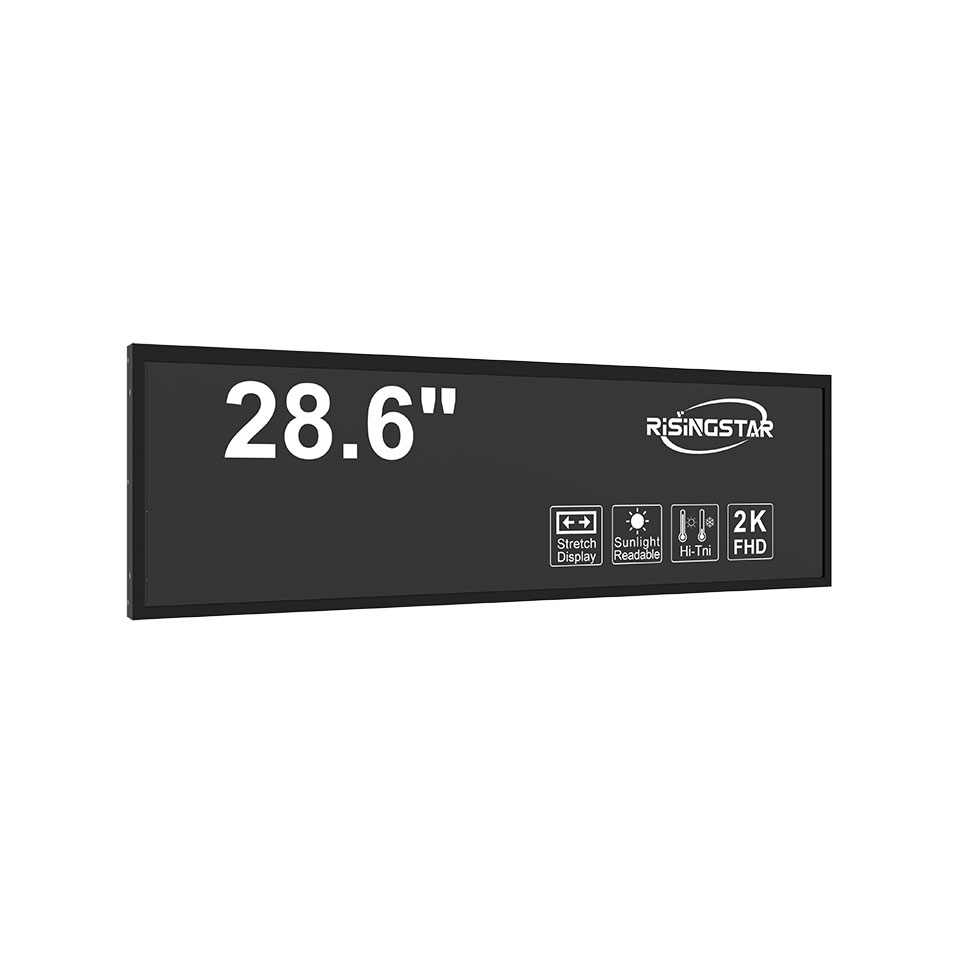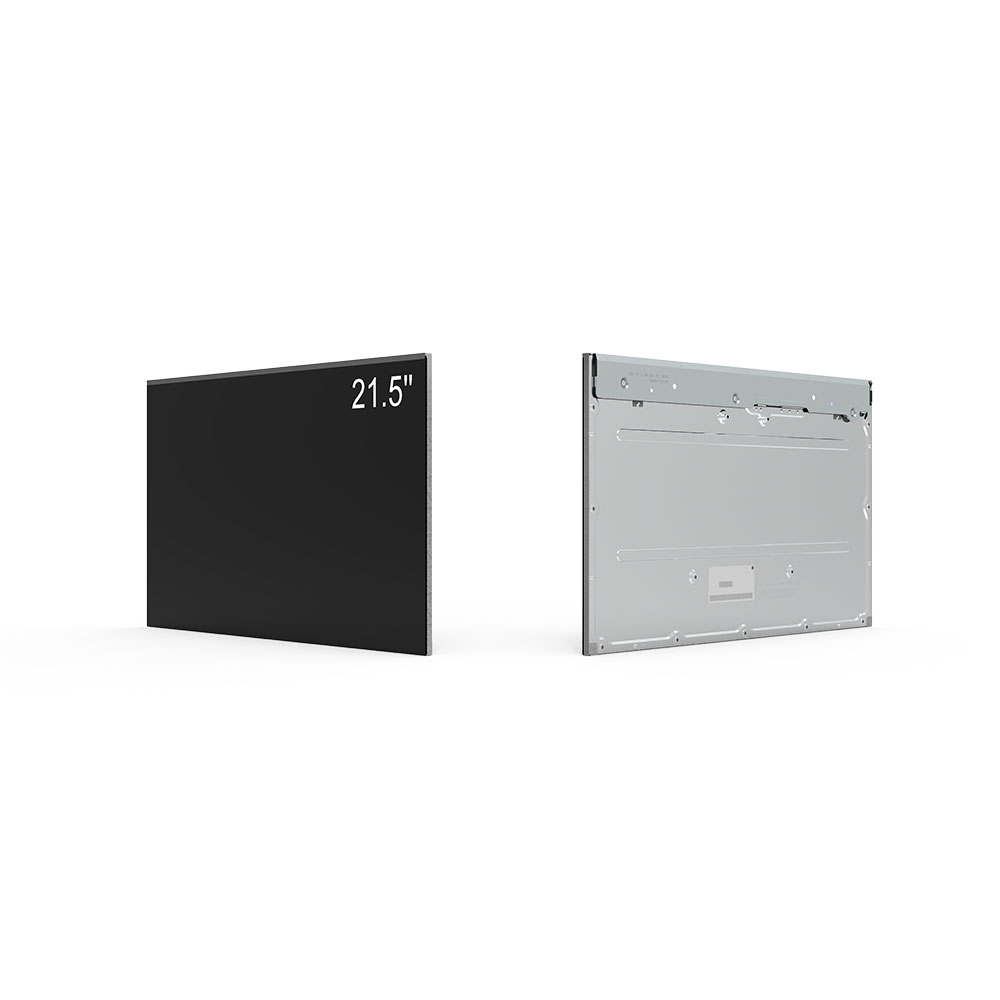
Privacy statement: Your privacy is very important to Us. Our company promises not to disclose your personal information to any external company without your explicit permission.
When selecting an outdoor LCD screen for commercial, industrial, or public use, it’s essential to prioritize both visibility under harsh environmental conditions and long-term durability. Unlike indoor displays, outdoor LCDs must withstand extreme temperatures, direct sunlight, humidity, dust, and even vandalism. A poorly chosen display can lead to frequent maintenance, reduced lifespan, and compromised user experience—especially in high-traffic areas such as retail kiosks, transportation hubs, or digital signage in urban environments.
The first step is to evaluate brightness requirements. Industry standards like those from the Society of Information Display (SID) recommend a minimum brightness of 5,000 nits for full daylight visibility. However, for locations with intense sun exposure—such as stadiums, highways, or open-air shopping centers—screens should exceed 7,000 nits. High-brightness LEDs paired with anti-glare coatings and optimized backlighting systems ensure content remains readable even under direct sunlight. According to a 2023 case study by LG Electronics, their 7,000-nit outdoor displays maintained 98% readability at noon in Dubai’s desert climate over a 12-month test period.
Next, consider the screen’s environmental protection rating. IP65 or higher is mandatory for outdoor use—it protects against dust ingress and water jets. For colder climates, screens must be rated for operation between -30°C and +60°C, per IEC 60068 standards. In regions like Scandinavia or Canada, manufacturers often integrate heating elements and thermal management systems to prevent condensation and maintain operational integrity. Additionally, using Gorilla Glass or similar shatter-resistant materials enhances vandal resistance, which is critical for public installations.

Another crucial factor is viewing angle and color accuracy. Wide viewing angles (≥170° horizontal/vertical) ensure that viewers from multiple directions see consistent image quality—a necessity for large-scale digital billboards or directional signage. Advanced IPS panels, such as those used in Samsung’s The Wall series, offer superior color uniformity across angles, reducing eye strain and improving brand perception. For applications requiring real-time updates—like traffic info or event schedules—low response times (<8ms) are vital to avoid motion blur and ensure clarity.
Finally, reliability and service support matter. Look for manufacturers offering 3–5 year warranties and remote diagnostics via IoT-enabled modules. Real-world deployments, such as the 2022 London Underground project using Panasonic’s outdoor LCDs, show that proactive monitoring reduces downtime by up to 40%. Proper installation by certified technicians, coupled with regular cleaning protocols and firmware updates, ensures peak performance throughout the product lifecycle.
In conclusion, choosing the right outdoor LCD screen demands a data-driven approach that balances technical specifications, environmental resilience, and long-term ROI. Whether deploying a single unit or scaling to hundreds, prioritizing brightness, ruggedness, viewing quality, and smart maintenance sets the foundation for a successful, future-proof outdoor display solution.

Email to this supplier

Privacy statement: Your privacy is very important to Us. Our company promises not to disclose your personal information to any external company without your explicit permission.